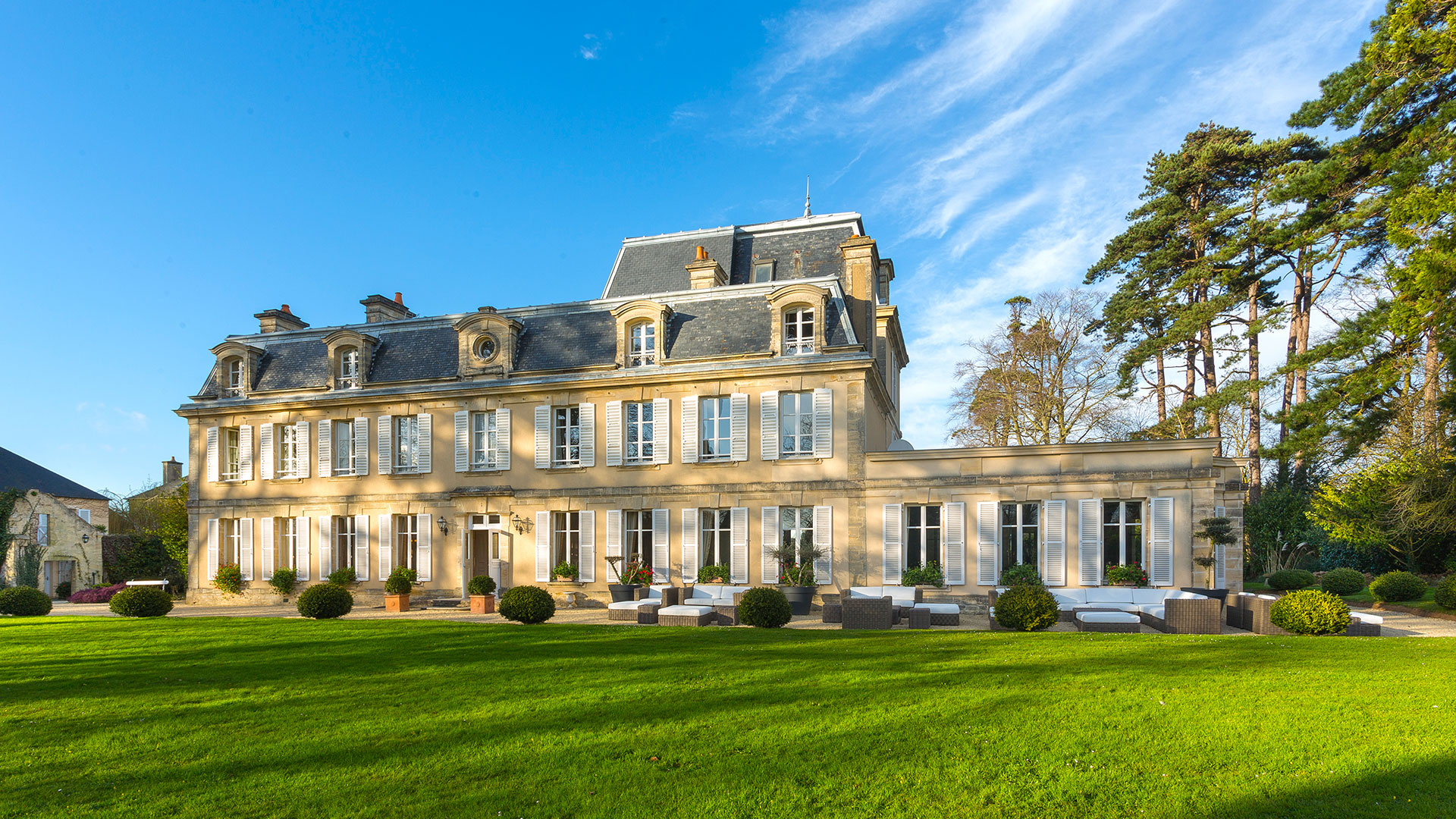
Hotel La Cheneviere
History of the Chateau La Chenevière
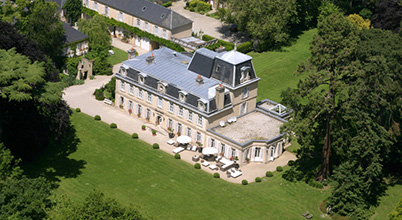
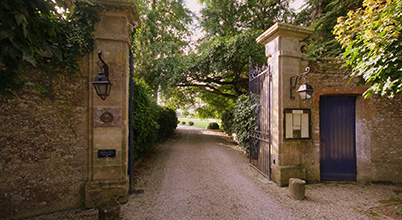
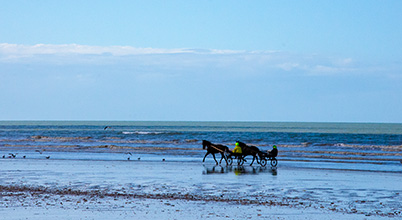
History of the Chenevière
In the seventeenth century, La Chenevière was a place dedicated to the cultivation of hemp, used for making rope and clothing for fishermen. In the eighteenth century, the estate became the property of the Gosset family, who built a large house that gradually became the core of a large holding of land. From 1880, Gustave and Pierre Gosset, decided to expand operations and undertake improvements to their places of residence: a floor was added, as well as the wooden balconies and verandas. The property retains the vast stables, now converted into rooms, built at this time to house the mares and foals raised and weaned here before being sent to Barbeville Stud, owned by the Foy family in preparation for the famous Deauville yearling sales.
During the Second World War, the chateau was occupied by the Germans. Since 1940, a unit was placed on the property to accommodate between 70 and 80 horses . Soldiers of the Third Reich also lived on the grounds, and sometimes officers even stayed in the main house. La Chenevière became the German officer’s headquarter. They installed telecommunication stations and all their trucks, cars and motorbikes.
On the night of June 4th, 1944 Armand Lapierre a resistant and member of the Alliance Network took part in the “Grande Coupure” in order to destroy German communication lines around la Chenevière before the Allied Landing on D-Day 1944. A memorial plaque was unveiled in Armand’s honor on June 4th 2016, on the hotel’s grounds.
The story of Armand Lapierre is known today thanks to the research work provided by Jo Peeters, curator of the Van de Weestand Museum. For more information on the resist, please visit the museum website (in English only).
At the time of the D-Day landings, there were no longer any Germans in the house and the Royal Army Service Corps took residence. The town of Port-en-Bessin and La Chenevière became the crossing point for the fuel needed in military operations. Pipelines were installed, including half a dozen around the property, passing through the village to the town of Commes, where the reserve tanks were situated. Behind the house, a pumping station allowed to feed the troops vehicles passing through the artificial harbor at Arromanches. In 1988, Marie-Françoise and Thomas Dicker bought the manor after belonging to the Gosset family for 133 years. Together, they decided to turn it into a luxury hotel. This charming place full of history, which they call “La Chenevière” in honor of the nickname given to the building in the time of hemp fields, “La Chenevrotte”. The same year, the hotel is licensed and rated 4*. Four years later, in 1992, Le Manoir restaurant joins Small Luxury Hotels of the World group. La Chenevière got its 5th star in 2014. In 2018, la Chenevière celebrated its 30th birthday.
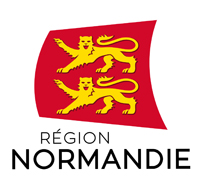
2019 will be the year of new development projects thanks to the financial support of the Normandy Region and of our financial partners. We look forward to showing you around all our new facilities.